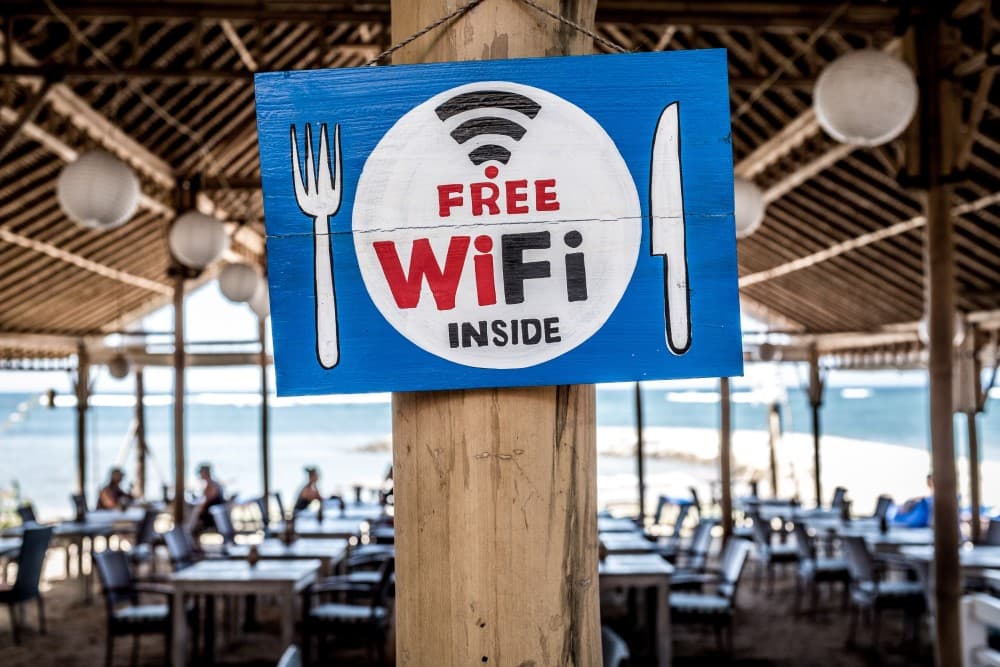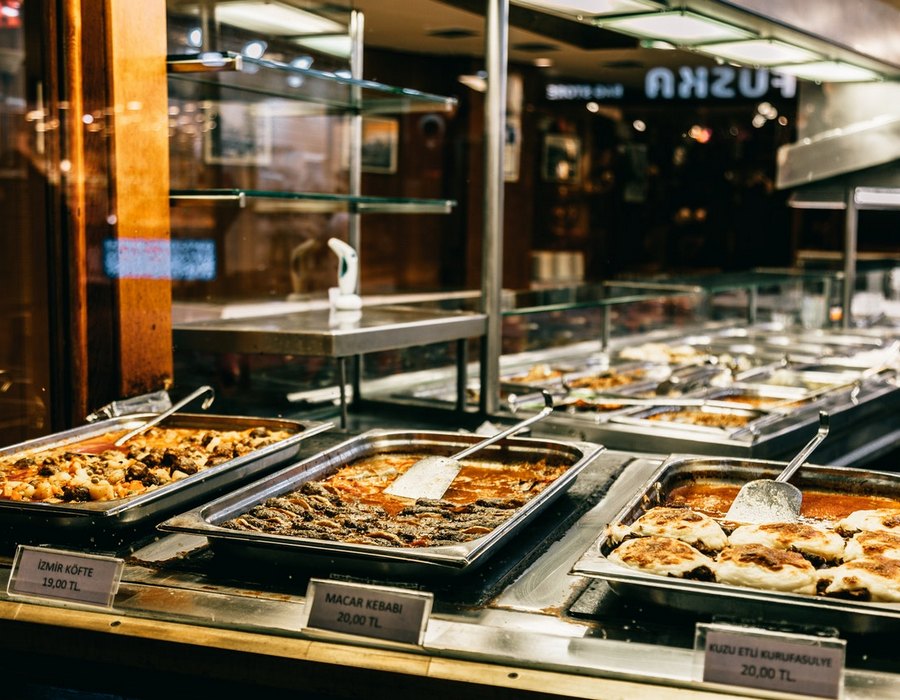The restaurant experience today is increasingly intertwined with the use of technology. One of the key components of this transformation is Wi-Fi and its influence on enhancing service and enriching customer experiences.
Modern restaurants actively employ technological innovations to create more personalized interactions with visitors. The use of Wi-Fi in this context enables the collection of customer preferences, their ordering history, and food preferences. This becomes the basis for crafting unique, personalized offers and recommendations, allowing restaurants to cater to the individual needs of each guest.
Optimization of Service and Communication
New technologies leveraging Wi-Fi significantly streamline the process of ordering and service. The advent of mobile applications for ordering dishes and settling bills enables customers to bypass queues and save waiting time. Additionally, communication between restaurant staff and customers becomes more efficient due to wireless technologies, speeding up the service process and increasing visitor satisfaction levels.
Technological Trends and Challenges
However, with the increasing number of technological innovations come new challenges. Cybersecurity becomes a priority, as restaurants must ensure the protection of customers’ personal information collected and processed through applications and Wi-Fi systems. Data protection becomes a crucial aspect of technology use to foster visitor trust and protect the business’s reputation.
The Future of Wi-Fi in the Restaurant Industry
The future of Wi-Fi in restaurants promises even deeper integration of technologies into every aspect of the restaurant experience. Improved data transmission speeds, expanded coverage, and the development of IoT technologies are expected to create more intelligent and personalized services for customers. This will not only enhance visitor experiences but also increase the efficiency and effectiveness of managing restaurant businesses.
Wi-Fi as a Marketing Tool in the Restaurant Industry
One significant aspect of Wi-Fi utilization in restaurants is its potential as a marketing tool. Wireless networks provide restaurateurs the ability to collect valuable visitor data, using information on their internet activity for more targeted marketing and improved customer interaction.
Collecting and Analyzing Data for Personalization
Wi-Fi allows restaurants to gather data on visitor preferences, duration of stay, visit frequency, and other information. This data becomes a valuable resource for creating personalized marketing campaigns. For example, restaurants can send personalized offers or discounts through Wi-Fi or mobile devices based on customer preferences and order history.
Promotion and Management of Loyalty Programs
Wi-Fi can also be used to promote loyalty programs. Restaurants can offer special bonuses, discounts, or free offers to regular customers via Wi-Fi, encouraging them to return repeatedly. It also provides the opportunity to manage loyalty programs and track the effectiveness of promotions.
Geotargeted Advertising and Promotions
Wi-Fi can enable geotargeted advertising campaigns, offering special deals and promotions when a customer is within or in proximity to the restaurant. This can stimulate the attraction of new customers and increase sales.
Creating Virtual Communities and Reviews
Wi-Fi serves as a platform to encourage social interaction. Restaurants can offer guests the opportunity to leave reviews or post photos of dishes on social media via Wi-Fi networks. This creates a virtual community of visitors, which can be a powerful tool for attracting new customers.

Interview with a Restaurateur
We spoke with a restaurateur from one of the renowned restaurants in the United States about the Wi-Fi network setup in their establishment. Below is an excerpt from this interview:
Journalist: “How important is the Wi-Fi network in your restaurant?”
Restaurateur: “Wi-Fi in our restaurant plays a pivotal role in ensuring comfort and convenience for our guests. We understand that many visitors use the internet while patronizing our establishment, so providing high-quality and reliable Wi-Fi is a priority for us.”
Journalist: “What opportunities does Wi-Fi provide for your customers?”
Restaurateur: “We aim to offer our guests the freedom to use the internet for work, communication, or entertainment. Our Wi-Fi network ensures a stable connection for all visitors, allowing them to stay online without any issues.”
Journalist: “How does Wi-Fi affect your business processes?”
Restaurateur: “Wi-Fi not only provides convenience for our customers but also becomes a tool for data collection and service enhancement. We utilize Wi-Fi analytics to understand guest preferences and optimize service processes.”
Journalist: “How do you ensure Wi-Fi security in your restaurant?”
Restaurateur: “The security of our customers’ data is our top priority. The Wi-Fi network in the restaurant is configured on the local IP address 192.168.0.1, which is one of the key infrastructure elements for ensuring a secure connection to the Internet. We employ secure networks and encryption systems to prevent unauthorized access and safeguard the confidentiality of our visitors’ information.”
Conclusion
The use of Wi-Fi as a marketing tool in the restaurant industry is becoming increasingly significant. Data collection, personalization, loyalty program management, and the creation of virtual communities – all these capabilities enable restaurateurs to interact more effectively with customers and enhance their experiences, ultimately increasing visitor satisfaction levels and boosting restaurant revenue.
Wi-Fi in the restaurant industry is no longer just a means of internet access. It has become a key element in creating personalized services, optimizing service processes, and enhancing visitor comfort. The development of Wi-Fi and associated technologies will continue to shape the future of the restaurant industry, transforming restaurant visits into unique and satisfying experiences that cater to customer needs.











0